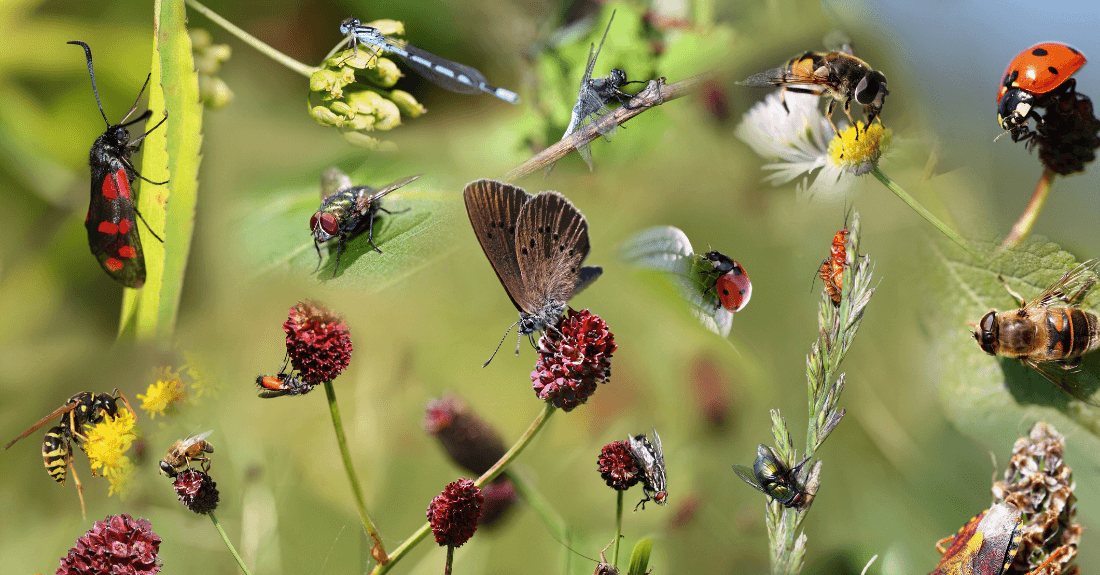25 Facts About Termites for Kids
Are termites extinct? Where do termites live? Are there different species of termites? You will get to know the answer to these questions and many more here in this article

Welcome to our Insect Facts library. On this page you can access one of the largest collections of facts about insects on the internet. This is an excellent resource for kids, teachers or anyone who wants to learn more about a specific insect species. We hope you find these facts about insects informative, amusing and educational. You can begin to explore our insect facts library by scrolling down and choosing a section.
Our Insect Facts category is separated into different sections. Each section is about a specific type of insect. For example, we have a section about ants, bed bugs and bees. We’re constantly adding new information, if you can’t find the insect facts that you need you should check back often. You can also contact us with your requests, and we’ll add it to one of our future updates.
Each of the available insect fact sections is listed below, in alphabetical order.
Are termites extinct? Where do termites live? Are there different species of termites? You will get to know the answer to these questions and many more here in this article
In this section you’ll learn about wasps. You’ll learn what a wasp is, what wasps eat, the different types of wasps and other wasp facts.
In this section you’ll learn about stick bugs. You’ll learn what a stick bug is, how stick bugs evade predators, what stick bugs eat and other facts about stick bugs.
In this section you’ll learn about praying mantises. You’ll learn what a praying mantis is, what a praying mantis eats and other facts about praying mantises.
In this section you’ll learn about pill bugs. You’ll learn what a pill bug is, what pill bugs eat, where you can find pill bugs and other facts about pill bugs.
In this section you’ll learn about millipedes. You’ll learn what a millipede is, how many legs a millipede has, what millipeds eat and other facts about millipede.
In this section you’ll learn about mosquitoes. You’ll learn what a mosquito is, why mosquitoes are deadly, and other scary facts about mosquitoes.
In this section you’ll learn about moths. You’ll learn what a moth is, why moths are pests, what moths eat and other fun facts about moths.
In this section you’ll learn about lovebugs. You’ll learn what a lovebug is, where lovebugs live, what lovebugs look like and other facts about lovebugs.
In this section you’ll learn about ladybugs. You’ll learn what a ladybug is, what ladybugs eat, what ladybugs look like and other ladybug facts.
In this section you’ll learn about grasshoppers. You’ll learn what a grasshopper is, how grasshoppers jump, and other facts about grasshoppers.
In this section you’ll learn about dragonflies. You’ll learn what a dragonfly is, what dragonflies eat and other useful facts about dragonfiles.
In this section you’ll learn about cockroaches. You’ll learn what a cockroach is, which cockroach species are pests and other facts about cockroaches.
In this section you’ll learn about cicadas. You’ll learn what a cicada is, why cicadas make loud sounds, where cicadas live and other facts about cicadas.
In this section you’ll learn about butterflies. You’ll learn what a butterfly is, the life stages of a butterfly, what butterflies eat and other butterfly facts.
In this section you’ll learn about bed bugs. You’ll learn what a bed bug is, how bed bugs affect humans, what bed bug bites look like and other facts about bed bugs.
In this section you’ll learn about bees. You’ll learn what a bee is, what a bee eats, how bees socialize, how bees defend themselves and other facts about bees.
In this section you’ll learn about beetles. You’ll learn what a beetle is, how many species of beetles there are, what beetles eat and other facts about beetles.
In this section you’ll learn about ants. You’ll learn what an ant is, what ants eat, how social ants are, how ants communicate and other facts about ants.
Insects represent more than half of all the known living organisms on our planet. As of today, entomologists have identified and described over one million different species of insects. Estimates put extinct insect species between six and ten million. This means over 90% of all the animal life forms to ever live on our planet were insects. Insects can walk, fly and some even swim. Insects can bite, sting and produce terrible smells. They can make loud noises, damage man-made structures and destroy crops. Some insects live alone, while others build complete colonies, like ants and bees, that have social structures only rivaled by humans.
There are some creepy crawlers that we can insects but aren’t members of the Insecta class. For example, spiders are members of the Arachnida class, but are often called insects. Another example is millipedes, and they are members of the Diplopoda class. Finally, pill bugs, commonly called roly-polies, are members of the Malacostraca class. We tend to think all bugs are insects, but technically they belong to a different class of Arthropods.
Entomology is the study of insects, and a person who studies insects is called an entomologist.